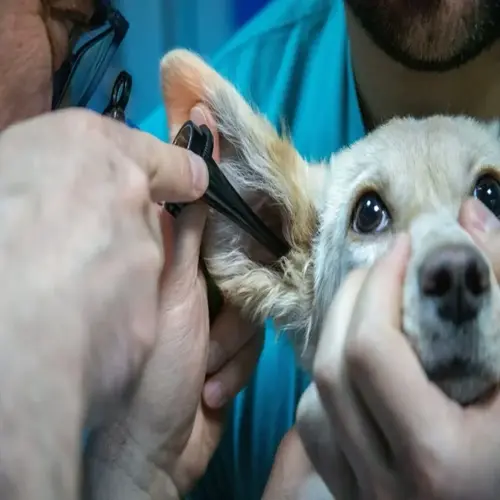Why choose harnesses over collars?

Written by
Elin Eriksson
Reviewed by
Prof. Edward Clarke, Ph.D.Opting for harnesses rather than collars greatly improves safety during walks, as there is no pressure on the neck. Collars concentrate all forces on the trachea, causing it to become flat, while harnesses distribute the forces over the chest. This saves the more vulnerable areas while allowing for control over movement.
Neck Protection
- Eliminates tracheal pressure during pulling or lunging
- Prevents collapsed trachea in small breeds
- Avoids spinal injuries in dogs with neck issues
- Reduces gagging and coughing from throat pressure
Escape Prevention
- Full torso coverage secures wiggly dogs
- Multiple adjustment points prevent backing out
- Wide chest plates block slipping upward
- Dual fasteners deter Houdini escape artists
Respiratory Support
- Allows unrestricted breathing for brachycephalic breeds
- Avoids pressure on larynx during panting
- Distributes force away from windpipe during excitement
- Supports dogs with chronic breathing conditions
Small breeds, such as Chihuahuas and toy Poodles, receive the most protection from harnesses. The gentle trachea of these breeds can collapse due to the pressure of a collar. Puppies also benefit from harnesses, as they require gentle support to develop their bodies properly during leash training and exploration.
Harnesses provide better mechanics of movement during unforeseen events. A dog who sees a squirrel and lunges after it will be redirected sideways through the use of an attachment connected to the chest. This prevents choking and also gives the owner the chance to redirect that movement without the struggles and threat of injury in the tussle.
Respiratory condition dog breeds require harnesses for breathing comfort. Brachycephalic breeds such as Bulldogs and Pugs have less airflow restriction than other breeds. Senior dogs with arthritis are more comfortable and mobile without a collar, which puts pressure on the neck to interfere with their gait.
Proper measurement and adjustment are key to transitioning. Measure behind their front legs and around the ribcage. Use a two-finger test under all straps. Look for natural movement without restriction. The correct fit allows for maximum safety advantages over collars.
Read the full article: Dog Harness Types: Essential Guide

